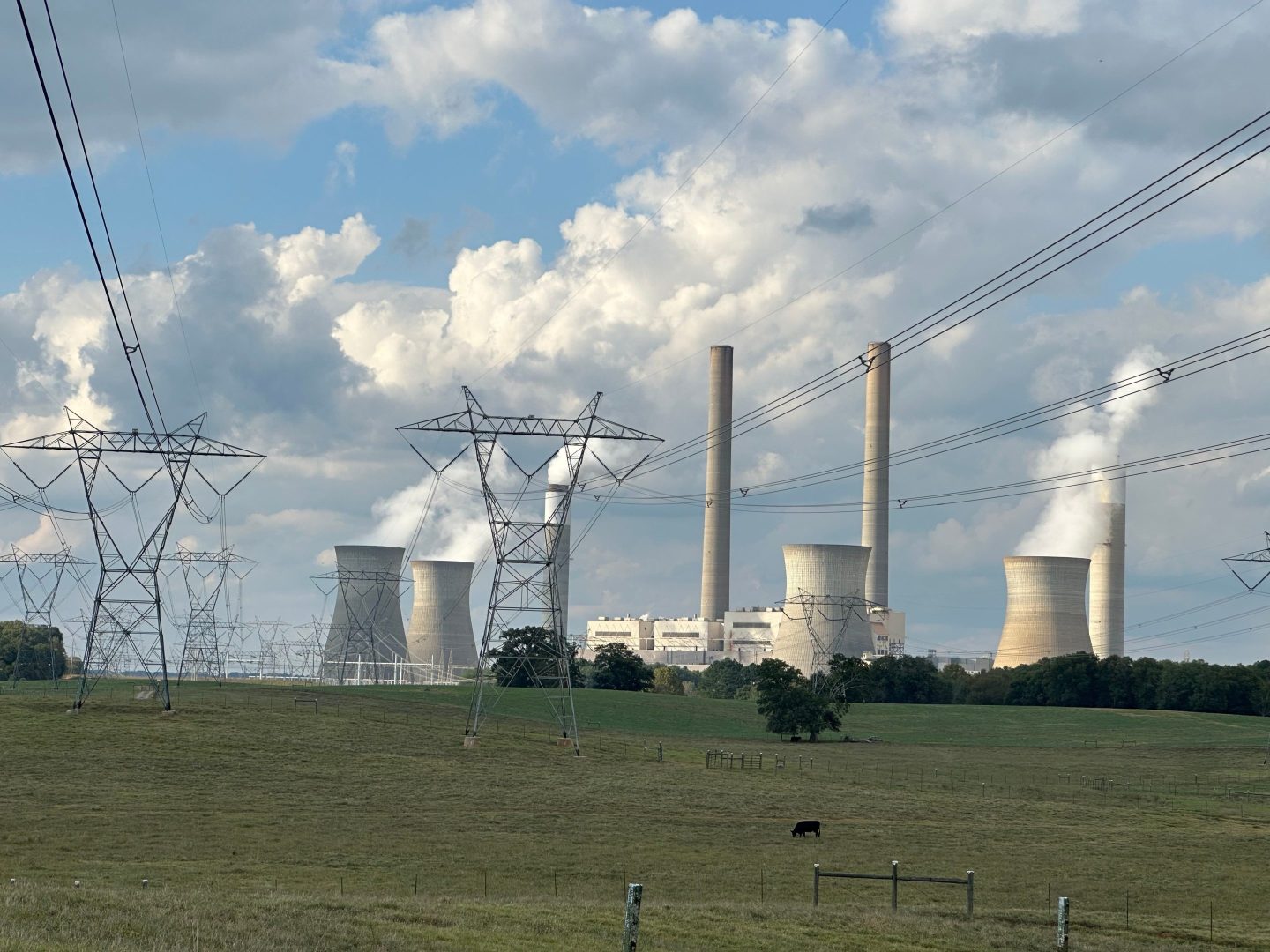Pause for a moment. Take in the view.
This beautiful picture of Earth (below) was shot by OSIRIS-REx, a NASA spacecraft that’s on a mission to asteroid 101955 Bennu, a gargantuan, black rock about as big as the Empire State Building that, like our home planet, orbits the sun. The spacecraft snapped the photo over the Pacific Ocean from roughly 106,000 miles away.
Among the swirling clouds and deep blue sea, you can make out Australia in the bottom left, the U.S. West Coast and Mexico’s Baja California in the top right, and Asia in the top left. It’s almost hard to believe we live on that marbled rubber bouncy ball suspended in the blackness of space.
OSIRIS-REx—which stands for a bit of astrophysics jargon, i.e. “Origins, Spectral Interpretation, Resource Identification, Security-Regolith Explorer”—had just hours before finished whipping around Earth, using its gravitational field as a booster, when it captured the color composite image on Sept. 22 that you see before you. The maneuver tweaked the trajectory of the spacecraft, reorienting it toward its target, where it is expected to arrive in late 2018.

Those dark, stalactite streaks at the top of the image are not the result of a melting polar ice cap. Rather they’re caused by the camera’s short, sub-3 millisecond exposure times. The camera was designed to take in the low light reflected off Bennu, a far dimmer celestial body than Earth.
Credit for the photo goes to an on-board instrument called MapCam, operated by the University of Arizona.
Get Data Sheet, Fortune’s technology newsletter
If everything goes according to plan, when OSIRIS-REx reaches Bennu, the robot will map its surface and collect a sample of the asteroid so that it can be sent on a return trip back to Earth.
A few hours after my Earth flyby on Friday, MapCam captured this composite image of home from ~106,000 miles away: https://t.co/X9Ej3jMIwp pic.twitter.com/PcqxS44Yuo
— NASA's OSIRIS-REx (@OSIRISREx) September 26, 2017
Godspeed, OSIRIS-REx.












